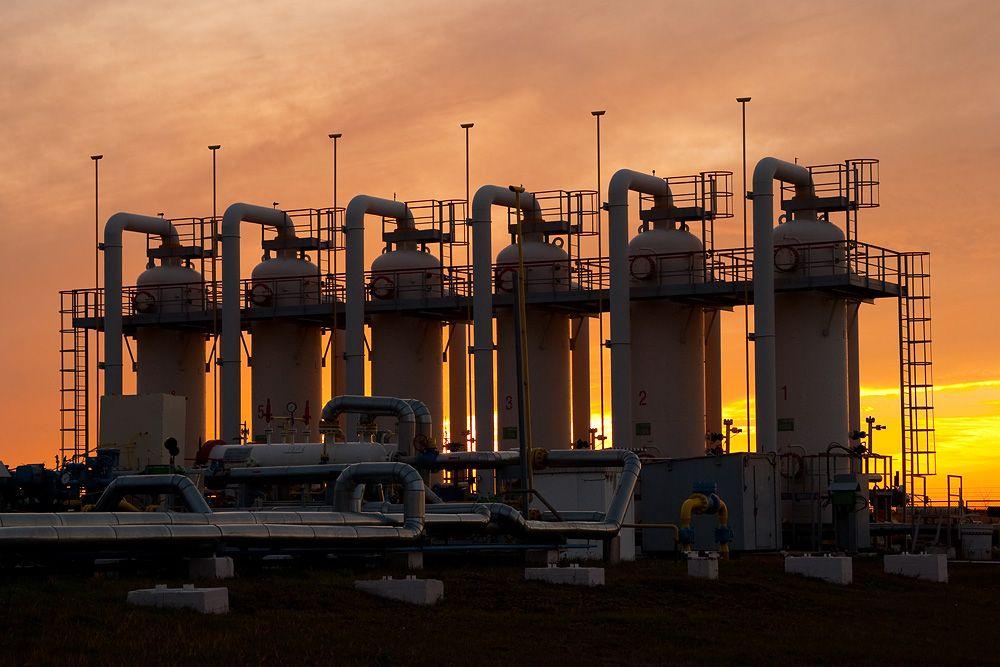As the global energy landscape shifts towards cleaner and more sustainable sources, the natural gas storage market plays an increasingly pivotal role in energy security and market stability. Innovations in technology are driving this evolution, enhancing the efficiency, safety, and reliability of natural gas storage systems.
The Importance of Natural Gas Storage
Natural gas storage is essential for balancing supply and demand, especially during peak usage periods or supply disruptions. Storage facilities allow operators to inject gas during low-demand periods and withdraw it when demand surges. As natural gas continues to play a critical role in the energy mix, especially in electricity generation and heating, advancements in storage technologies are vital for ensuring that this resource is both accessible and affordable.
Key Innovations in Natural Gas Storage Technology
1. Advanced Monitoring and Automation Systems
Modern natural gas storage facilities are increasingly adopting advanced monitoring and automation technologies. These systems use real-time data analytics and IoT (Internet of Things) devices to monitor pressure, temperature, and gas quality throughout the storage cycle. This not only enhances operational efficiency but also improves safety by allowing for early detection of potential issues, reducing the risk of leaks or operational failures.
2. Enhanced Underground Storage Techniques
Innovations in underground storage methods, such as improved well integrity monitoring and enhanced geological mapping, are transforming how operators manage subsurface storage. Advanced modeling techniques help in assessing reservoir behavior more accurately, enabling better forecasting of gas withdrawal and injection patterns. Enhanced sealing technologies also improve the reliability of storage sites, ensuring minimal gas loss and reducing environmental impact.
3. Flexible LNG Storage Solutions
The rise of liquefied natural gas (LNG) has introduced new storage challenges and opportunities. Innovations in flexible LNG storage solutions, including modular storage tanks and mobile regasification units, allow operators to respond more swiftly to changing market demands. These technologies enable the storage of gas in its liquefied state, which is more space-efficient, making it easier to manage supply fluctuations.
4. Energy Recovery Systems
Innovative energy recovery systems are making natural gas storage more sustainable. Technologies that capture excess energy during gas injection or withdrawal can be repurposed for use within the facility or sold back to the grid. This not only improves the overall energy efficiency of storage operations but also contributes to reducing greenhouse gas emissions.
5. Digital Twins and Predictive Analytics
The use of digital twins—virtual replicas of physical assets—allows operators to simulate and analyze storage facilities in real-time. By incorporating predictive analytics, operators can optimize maintenance schedules, improve asset management, and enhance decision-making processes. This technology facilitates a more proactive approach to managing storage facilities, leading to increased reliability and reduced operational costs.
6. Hydrogen and Biomethane Integration
As the energy sector moves towards decarbonization, integrating hydrogen and biomethane into existing natural gas storage facilities is gaining traction. Technologies that facilitate the co-storage of natural gas and hydrogen allow operators to prepare for a future where hydrogen plays a more significant role in the energy mix. This innovation not only maximizes the use of existing infrastructure but also supports the transition to a cleaner energy landscape.
Implications for the Market
The ongoing technological innovations in the natural gas storage sector are poised to reshape the market in several ways:
- Increased Efficiency: Enhanced operational efficiency leads to lower costs for operators, which can be passed on to consumers through more stable prices.
- Improved Safety and Reliability: Advanced monitoring and automation technologies reduce the likelihood of accidents, ensuring a more secure energy supply.
- Environmental Benefits: Innovations that focus on energy recovery and the integration of renewable gases contribute to lower carbon footprints and align with global sustainability goals.
- Market Flexibility: The ability to adapt storage solutions to meet fluctuating demand enhances the overall resilience of the natural gas market, ensuring that supply can meet the needs of consumers.



